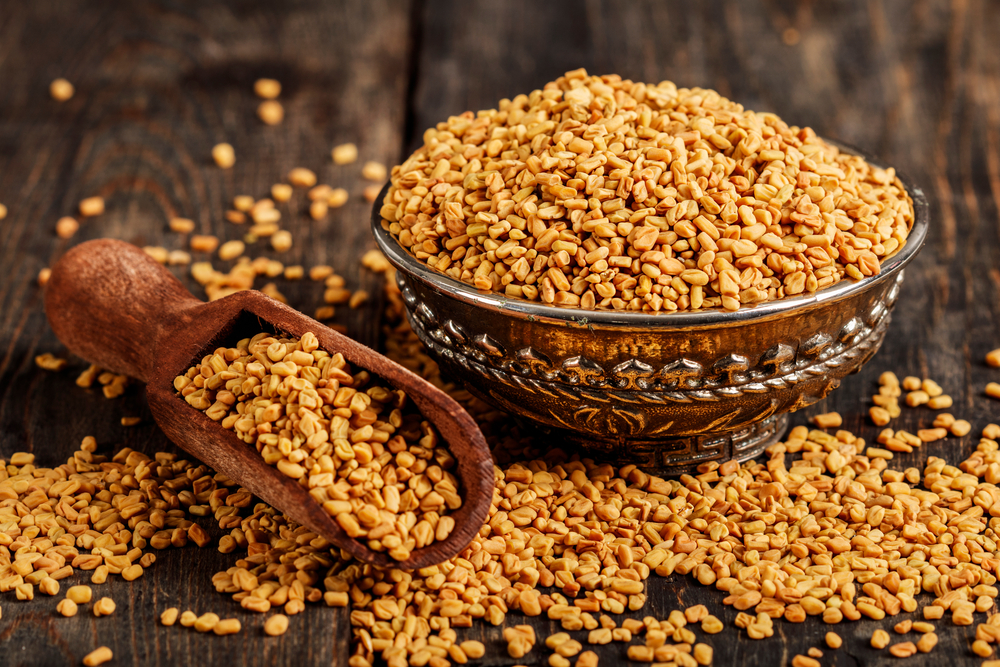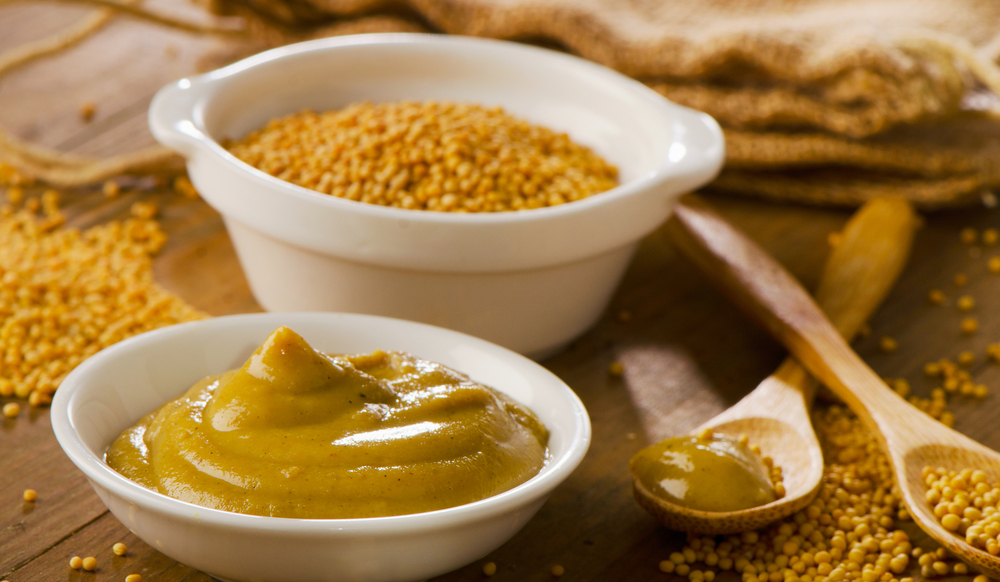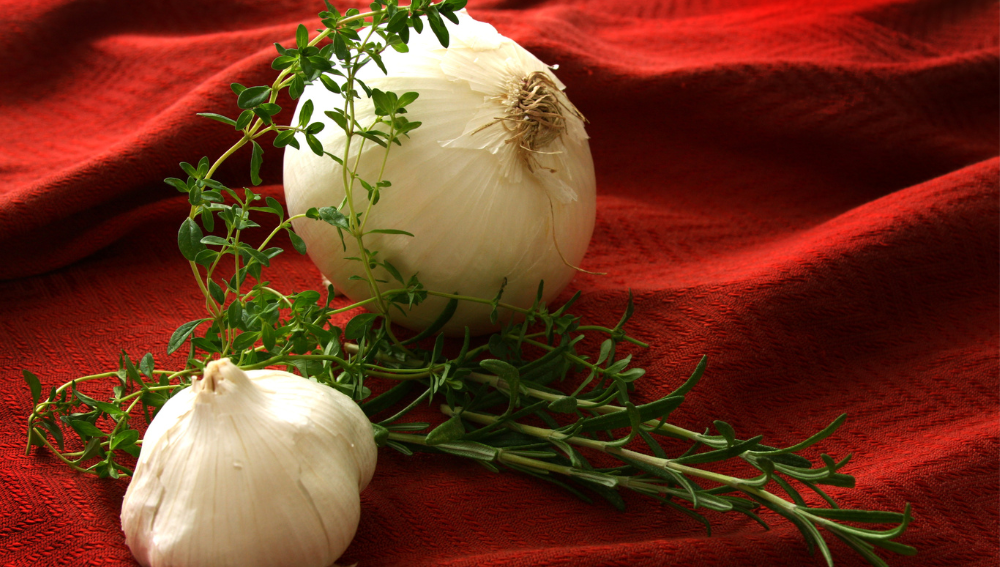Kasoori Methi is a popular herb in Indian cuisine known for its unique aroma and flavor. It is made from dried fenugreek leaves and is commonly used to add a distinct taste to curries, stews, and other dishes.
However, it may not always be readily available in some parts of the world, or you may simply want to try something different. That’s where kasoori methi substitutes come in.
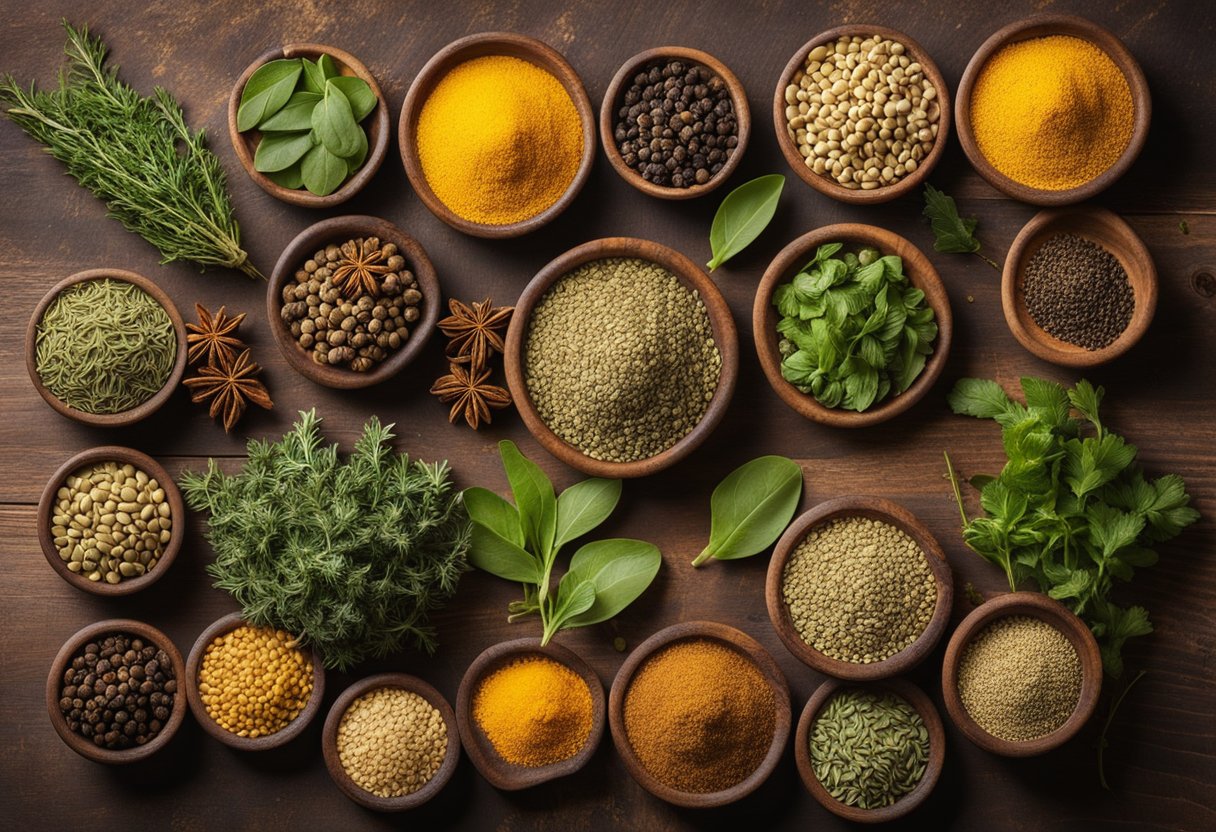
There are several substitutes for kasoori methi that can be used in its place without compromising on the taste of your dish. Some of the most common substitutes include dried mustard greens, spinach, and fenugreek seeds.
Each of these substitutes has a unique flavor and aroma that can add a new dimension to your cooking. In this article, we will explore some of the best kasoori methi substitutes and how to use them in your recipes.
Key Takeaways
- Kasoori methi is a popular herb in Indian cuisine known for its unique aroma and flavor.
- There are several substitutes for kasoori methi, including dried mustard greens, spinach, and fenugreek seeds.
- Each substitute has a unique flavor and aroma that can add a new dimension to your cooking.
Understanding Kasoori Methi
As someone who has used kasoori methi in my cooking, I can tell you that it is a popular herb in Indian cuisine. Kasoori methi refers to dried fenugreek leaves that are used in various dishes. The herb is mainly used in North Indian cuisine and some states in the western part of India.
Fenugreek is a plant that is commonly used in Indian and Middle Eastern cuisine. The plant has various parts that are used in cooking, including the seeds, leaves, and stems.
Kasoori methi specifically refers to the dried leaves of the fenugreek plant. The leaves are dried in the sun and then crumbled into dishes after they have finished cooking.
Kasoori methi has a unique flavor that is slightly bitter and earthy. It is often used to add depth and complexity to dishes such as curries, stews, and soups. The herb is also used in marinades and rubs for meats.
If you are unable to find kasoori methi, there are several substitutes that you can use. Fenugreek seeds are the best substitute for kasoori methi, as they offer a similar flavor profile. Other substitutes include alfalfa, celery leaves, and maple syrup.
Overall, kasoori methi is a versatile herb that adds a unique flavor to various dishes. Whether you use it in traditional Indian cuisine or experiment with it in other dishes, kasoori methi is definitely worth trying out.
The Role of Kasoori Methi in Cooking
As a key ingredient in Indian cuisine, kasoori methi is a herb that is widely used in curries, stews, soups, and sauces.
Its unique flavor and aroma make it an essential ingredient in many dishes, especially in North Indian cuisine and the cuisine of some states in the western part of the country.
Kasoori methi is made by drying fenugreek leaves in the sun, which gives them a distinct aroma and flavor.
When added to dishes, it imparts a slightly sweet and nutty taste with a hint of bitterness that complements the other spices and ingredients in the dish.
In Indian curries, kasoori methi is typically crumbled and stirred into the dish after it has finished cooking.
It can also be used as a garnish to add a pop of color and flavor to the dish. In parathas, it is often added to the dough to give the bread a unique flavor and aroma.
Kasoori methi is also a popular ingredient in meat dishes, where it can be used to add depth and complexity to the flavor of the dish. It is often used in combination with other spices like cumin, coriander, and turmeric to create a rich and flavorful dish.
Overall, kasoori methi plays an important role in Indian cooking, adding a unique flavor and aroma to many dishes.
While it can be difficult to find outside of India, there are several substitutes that can be used to achieve a similar flavor profile in your cooking.
Nutritional Profile of Kasoori Methi
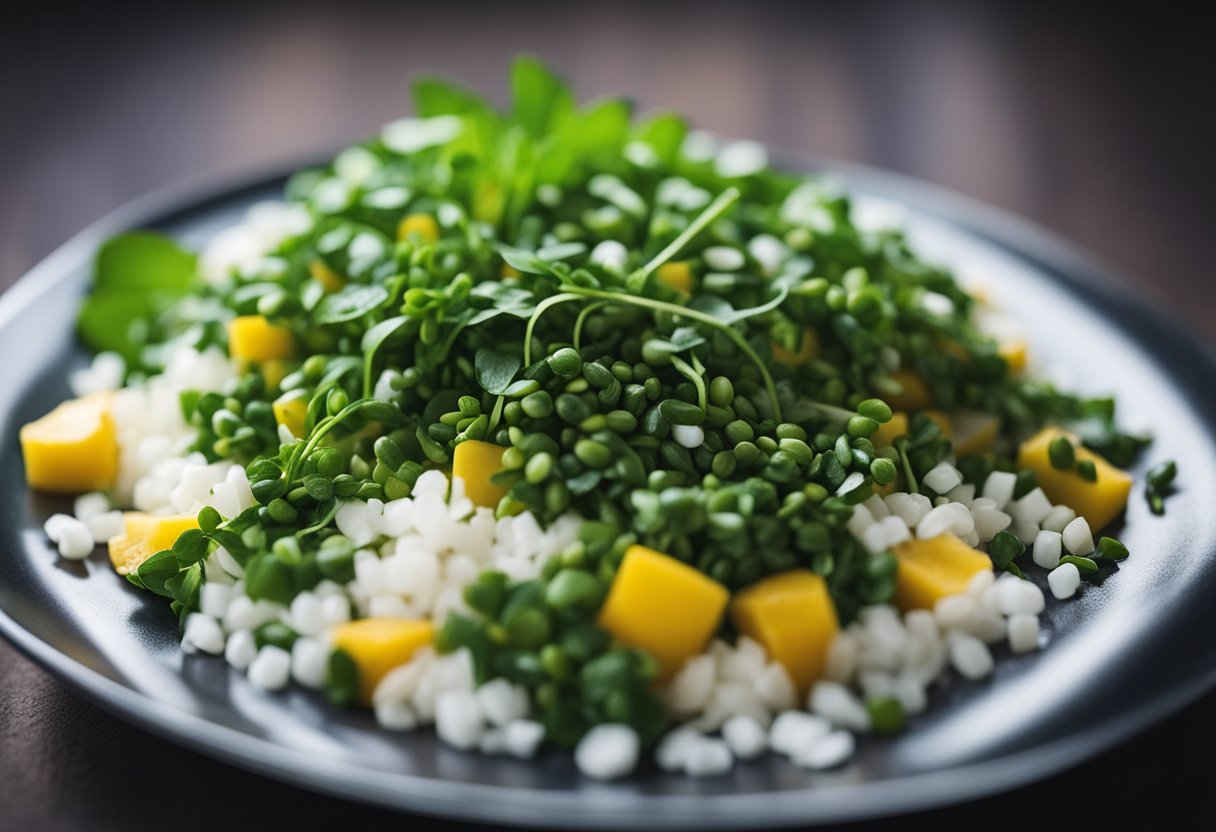
As a dried herb, kasoori methi is a concentrated source of many vitamins and minerals. Here are some of the key nutrients found in kasoori methi:
- Fiber: Kasoori methi is a good source of dietary fiber, which can help promote healthy digestion and reduce the risk of chronic diseases.
- Calcium: Kasoori methi contains a significant amount of calcium, which is essential for strong bones and teeth.
- Iron: Iron is important for healthy blood circulation, and kasoori methi is a good source of this mineral.
- Folic acid: Kasoori methi is rich in folic acid, a B vitamin that is important for fetal development and may help reduce the risk of birth defects.
- Vitamin K: This vitamin plays a role in blood clotting and bone health. Kasoori methi is a good source of vitamin K.
- Niacin: Also known as vitamin B3, niacin is important for healthy skin, nerves, and digestion. Kasoori methi contains a significant amount of niacin.
- Vitamin C: This antioxidant vitamin is important for immune function and skin health. While kasoori methi is not a significant source of vitamin C, it still contains some of this nutrient.
- Vitamin A: Kasoori methi contains small amounts of vitamin A, which is important for vision and immune function.
- Potassium: This mineral is important for healthy blood pressure and heart function. Kasoori methi contains some potassium.
- Zinc: Zinc is important for immune function and wound healing. Kasoori methi contains a small amount of zinc.
In addition to these nutrients, kasoori methi also contains phytonutrients, which are plant compounds that may have health benefits.
These include flavonoids, saponins, and alkaloids. Overall, kasoori methi is a nutritious herb that can be a healthy addition to many dishes.
The Unique Taste of Kasoori Methi
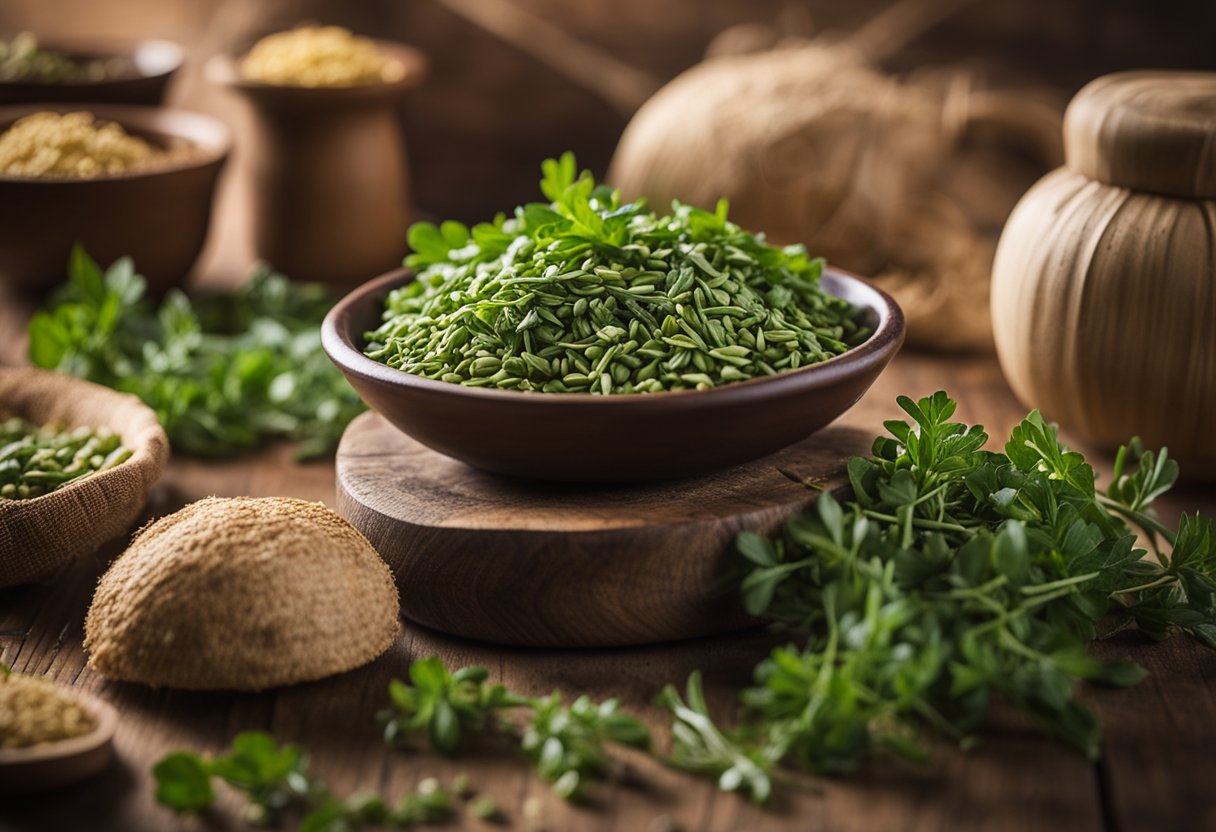
Kasoori Methi, also known as dried fenugreek leaves, is a popular herb used in Indian cuisine. It has a unique taste that is difficult to replicate with any other herb or spice.
Kasoori Methi has a slightly bitter and nutty flavor that adds depth and complexity to dishes. The herb also has a mild bitter taste with a spicy and pungent note.
The bitter note of Kasoori Methi is what sets it apart from other herbs. It is not overpowering but adds a subtle bitterness that balances out the other flavors in a dish. The nutty flavor of Kasoori Methi is also distinctive and adds a richness to dishes.
The herb can be used in a variety of dishes, including curries, lentil preparations, and bread. It can also be used as a seasoning for vegetables, meats, and rice dishes. The flavor of Kasoori Methi is enhanced when it is roasted or fried before use.
When looking for a substitute for Kasoori Methi, it is important to keep in mind its unique taste. Dried fenugreek seeds are often used as a substitute because they have a similar flavor and aroma to the leaves.
Other options include fresh fenugreek leaves, celery leaves, and dried oregano. However, none of these substitutes can fully replicate the taste of Kasoori Methi.
Overall, the unique taste of Kasoori Methi is what makes it an essential ingredient in Indian cuisine. Its bitter and nutty flavors add depth and complexity to dishes, and its mild bitter taste with a spicy and pungent note is unmatched by any other herb or spice.
Common Kasoori Methi Substitutes
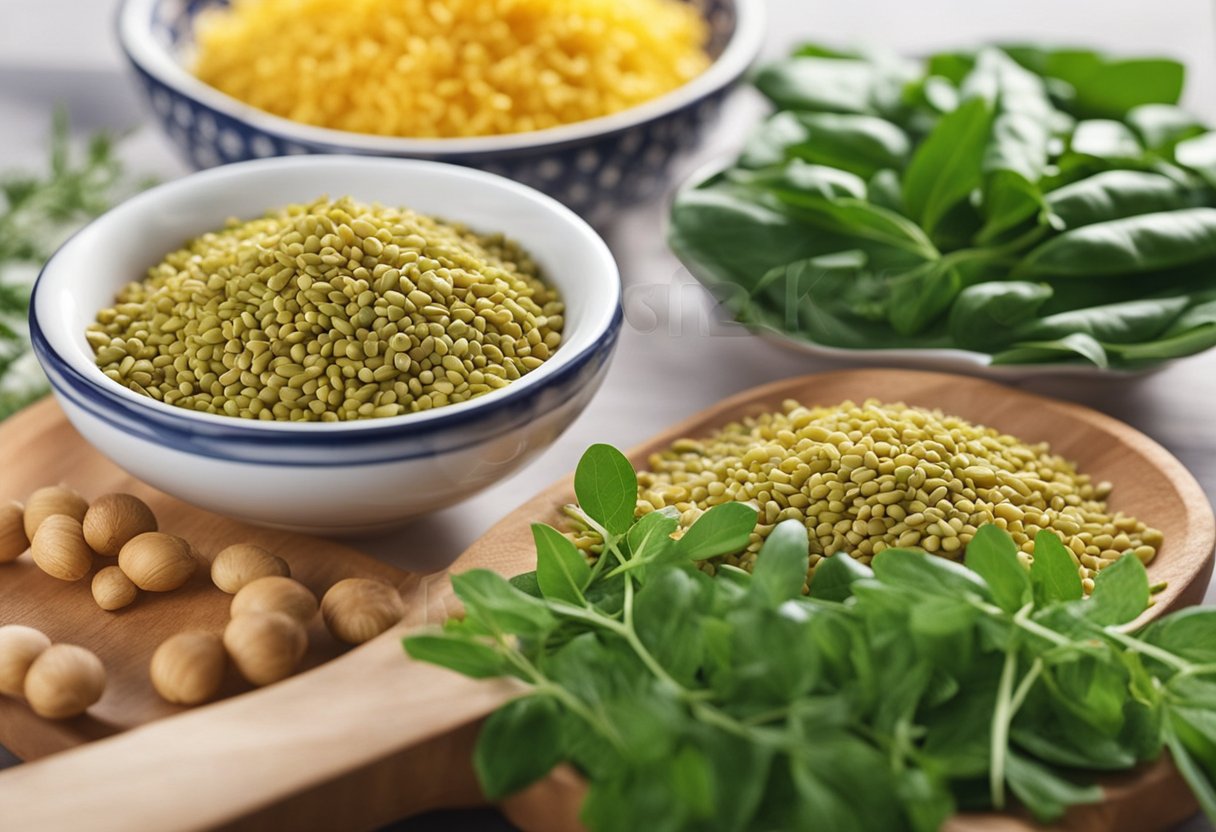
When it comes to substituting Kasoori Methi, there are several options available. Here are some of the most commonly used substitutes:
Spinach
Spinach can be used as a substitute for Kasoori Methi in many recipes. It has a similar flavor profile and can add a similar depth of flavor to your dishes.
You can use fresh or frozen spinach, but make sure to remove any excess water before using it in your recipe.
Fenugreek Seeds
Fenugreek seeds are another common substitute for Kasoori Methi. They have a similar flavor profile and can be used in the same quantity as Kasoori Methi.
However, they do not have the same texture as Kasoori Methi, so they may not be the best substitute in all recipes.
Collard Greens
Collard greens are a great substitute for Kasoori Methi in many recipes. They have a similar flavor profile and can add a similar depth of flavor to your dishes.
You can use fresh or frozen collard greens, but make sure to remove any excess water before using them in your recipe.
Mustard Greens
Mustard greens are another great substitute for Kasoori Methi. They have a slightly spicy and bitter flavor, but can be used in the same quantity as Kasoori Methi.
Dried mustard greens are also a good substitute for Kasoori Methi, as they have a similar texture and taste.
Celery
Celery leaves can be used as a substitute for Kasoori Methi in many recipes. They have a similar flavor profile and can add a similar depth of flavor to your dishes.
However, they do not have the same texture as Kasoori Methi, so they may not be the best substitute in all recipes.
Other Alternatives
Other alternatives to Kasoori Methi include alfalfa, watercress, curly or curled mustards, yellow mustard seeds, and fennel. However, the flavor profiles of these alternatives may differ significantly from Kasoori Methi, so they may not be the best substitute in all recipes.
Substitutes in Different Cuisines
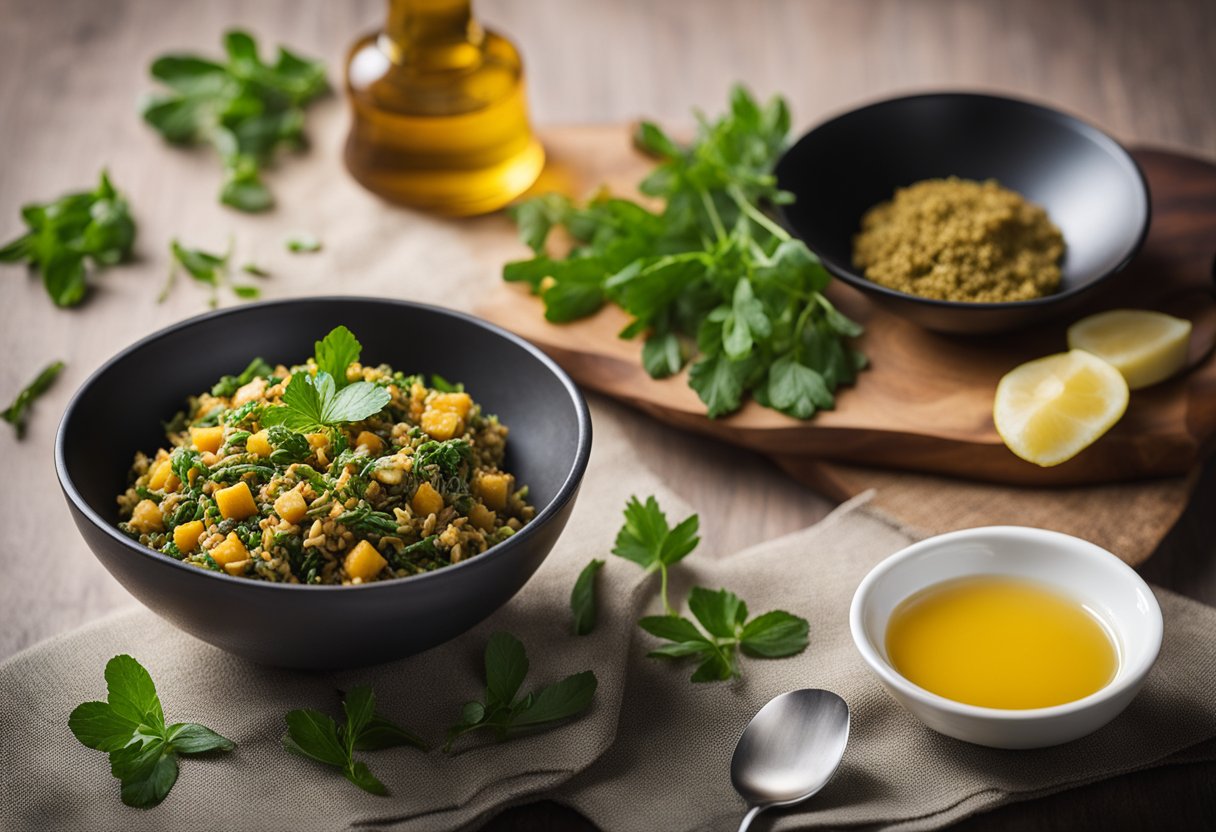
I have found that Kasoori Methi is a popular ingredient in North Indian cuisine, especially in the Punjab and Maharashtra regions. However, it is also used in other cuisines, such as in Karnataka and North African dishes.
If you are looking for a substitute for Kasoori Methi in North Indian cuisine, dried fenugreek leaves are a great option. They have a similar flavor profile and can be used in the same way as Kasoori Methi.
Alternatively, you can use dried mustard greens, which have a bitter and somewhat spicy taste that is similar to Kasoori Methi. Spinach is also a good substitute, especially when paired with Fenugreek seeds.
In North African cuisine, celery leaves are a great substitute for Kasoori Methi. They have a similar appearance and texture and can provide a subtle flavor profile that is similar to Kasoori Methi.
Additionally, dried oregano and dried basil can be used as a substitute in some dishes.
In Karnataka cuisine, fresh fenugreek leaves are often used in place of Kasoori Methi. They have a slightly different flavor profile but can still provide a similar taste and aroma to dishes. Additionally, dried curry leaves can be used as a substitute in some dishes.
Overall, there are many substitutes for Kasoori Methi, depending on the cuisine and dish you are preparing. It is important to experiment with different substitutes to find the one that works best for your recipe.
Using Substitutes in Recipes
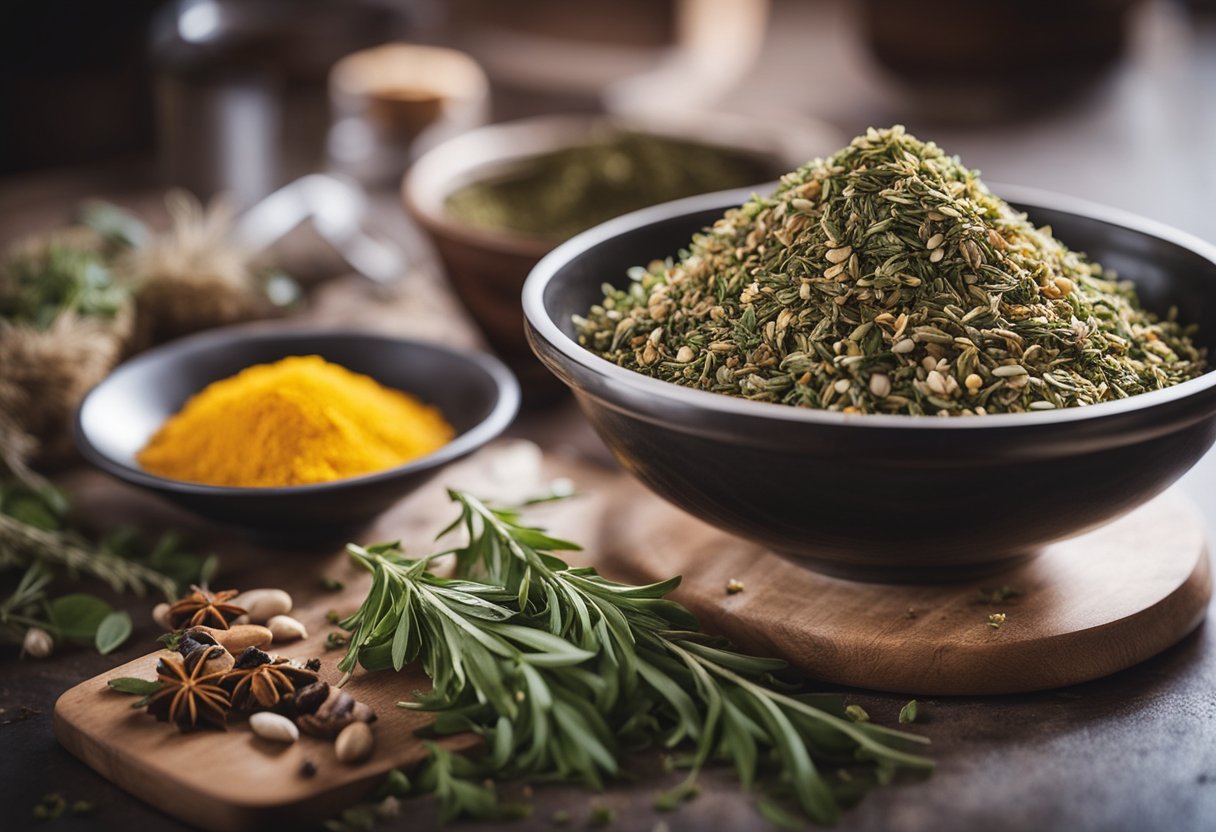
When it comes to using substitutes in recipes that call for kasoori methi, it is important to keep in mind that each substitute will impart a slightly different flavor and aroma to the dish.
Therefore, it is important to choose a substitute that will complement the other ingredients in the recipe.
For example, if you are making a lentil dish, you may want to choose a substitute that has a slightly earthy flavor, such as dried oregano or dried basil.
On the other hand, if you are making a potato dish, you may want to choose a substitute that has a slightly bitter flavor, such as fresh or dried fenugreek leaves.
When using substitutes in recipes, it is also important to consider the cooking process. For example, if you are making a salad, you may want to choose a substitute that can be used raw, such as fresh celery leaves.
On the other hand, if you are making a bread, you may want to choose a substitute that can withstand high temperatures, such as dried fenugreek leaves.
Here are some examples of how to use substitutes in different types of dishes:
- In lentil dishes, try using dried oregano or dried basil as a substitute for kasoori methi.
- In potato dishes, try using fresh or dried fenugreek leaves as a substitute for kasoori methi.
- In salads, try using fresh celery leaves as a substitute for kasoori methi.
- In bread, try using dried fenugreek leaves as a substitute for kasoori methi.
Remember, when using substitutes in recipes, it is important to experiment and find the best substitute for your particular dish.
With a little bit of trial and error, you can find the perfect substitute that will complement your dish and enhance its flavor and aroma.
Other Considerations When Choosing Substitutes
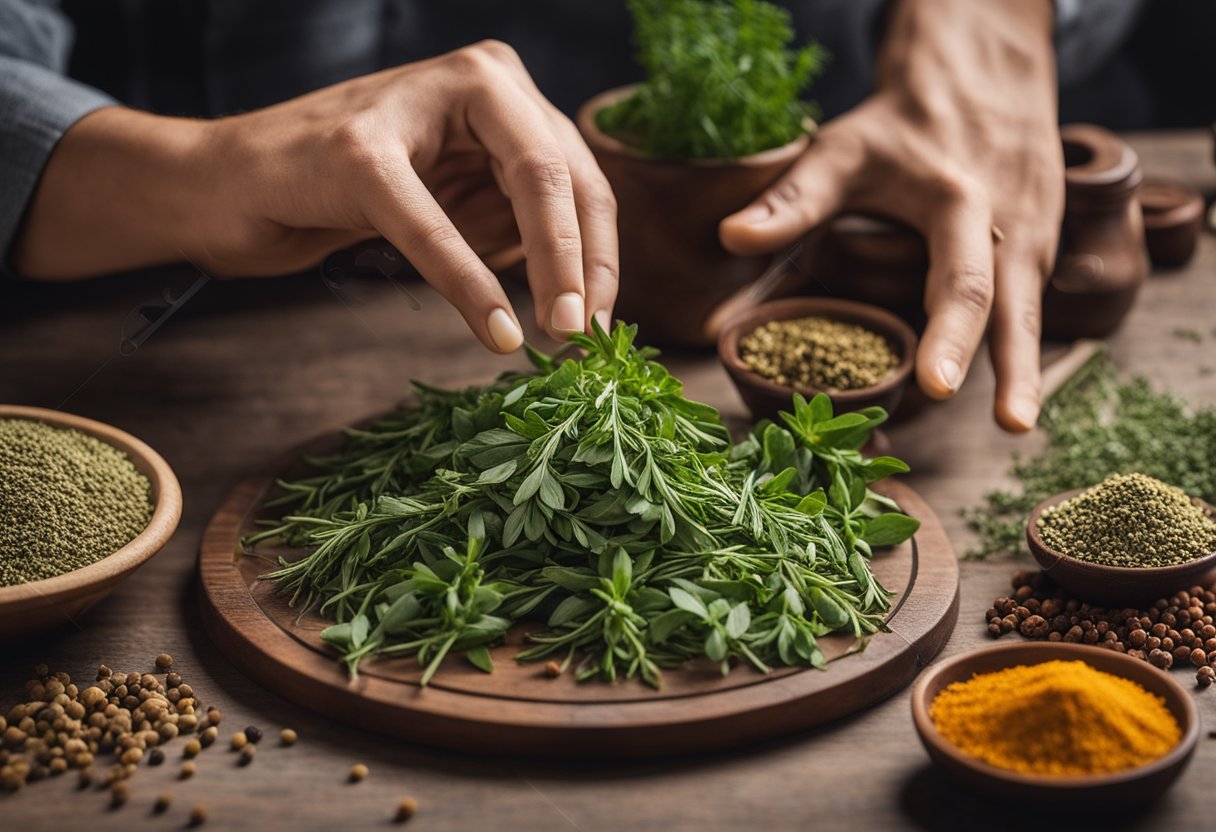
When looking for substitutes for kasoori methi, there are a few other factors to consider besides just the taste. Here are some additional things to keep in mind:
Aroma and Texture
Kasoori methi has a unique aroma and texture that can be difficult to replicate. Some substitutes, like dried oregano or dried basil, may have a similar taste but lack the distinct aroma that kasoori methi provides.
Mustard greens, on the other hand, have a slightly spicy and bitter flavor that can mimic the taste and texture of kasoori methi.
Availability
Kasoori methi can be found in most Indian grocery stores, but it may not be as readily available in other regions. When choosing a substitute, consider what ingredients are readily available to you.
Fresh fenugreek leaves may be a good option if you can find them, but if not, dried leaves or other herbs may be a more accessible substitute.
Dried Leaves vs. Fresh Leaves
Kasoori methi is made from dried fenugreek leaves, which have a concentrated flavor and aroma. When substituting for kasoori methi, it may be difficult to find another dried leaf with a similar flavor profile.
Fresh fenugreek leaves can be used as a substitute, but they have a milder flavor and may require more volume to achieve the same taste.
Regional Variations
Kasoori methi is commonly used in Indian cuisine, particularly in dishes like sabzi and aloo methi. However, other regions may use different herbs or spices in their cooking.
For example, in South Indian cuisine, venthayam (also known as uluva) is a common herb that can be used as a substitute for kasoori methi in some dishes.
Sotolon Content
Kasoori methi contains a compound called sotolon, which gives it its distinctive aroma and flavor. Some substitutes, like dried basil or oregano, may also contain sotolon and can provide a similar taste.
However, other substitutes may not have this compound and may not be able to replicate the full flavor profile of kasoori methi.
Sun-Dried vs. Regular Dried
Kasoori methi is made from sun-dried fenugreek leaves, which can give it a slightly different flavor than leaves that are dried using other methods.
When choosing a substitute, consider whether the leaves have been sun-dried or not and how this may affect the final taste of the dish.
Health Benefits of Kasoori Methi and Its Substitutes
As a spice, Kasoori Methi has been used in Indian cuisine for centuries. It has a slightly bitter taste and is often used to add flavor and aroma to curries, parathas, and sabzi.
But did you know that Kasoori Methi and its substitutes also offer a range of health benefits? In this section, I will discuss some of the health benefits of Kasoori Methi and its substitutes.
Health Benefits of Kasoori Methi
Kasoori Methi is known for its ability to regulate blood sugar levels. It contains compounds that can help reduce insulin resistance, making it a great choice for those with diabetes or pre-diabetes.
Additionally, Kasoori Methi has anti-inflammatory properties that can help reduce inflammation in the body. This can be especially beneficial for those with conditions such as arthritis.
Kasoori Methi is also rich in vitamins and minerals. It contains high levels of iron, which is essential for healthy blood circulation and the prevention of anemia.
It is also a good source of calcium, which is important for strong bones and teeth. Additionally, Kasoori Methi is rich in fiber, which can help promote digestive health.
Health Benefits of Kasoori Methi Substitutes
If you cannot find Kasoori Methi, there are several substitutes that you can use. One of the best substitutes for Kasoori Methi is dried fenugreek seeds. These seeds have a similar flavor and aroma to the leaves and can be used in the same way.
Fenugreek seeds are also known for their ability to regulate blood sugar levels, making them a great choice for those with diabetes or pre-diabetes.
Another substitute for Kasoori Methi is maple syrup. Maple syrup has a sweet, rich flavor that can be used to sweeten dishes. It is also a good source of antioxidants, which can help protect against cell damage and reduce inflammation in the body.
Cumin is another substitute for Kasoori Methi that can be used to add flavor to dishes. Cumin has a slightly bitter, nutty flavor and is often used in curry powder blends. It is also rich in antioxidants and has been shown to have anti-inflammatory properties.
Turmeric is another spice that can be used as a substitute for Kasoori Methi. Turmeric has a warm, slightly bitter flavor and is often used in curry powder blends. It is also rich in antioxidants and has been shown to have anti-inflammatory properties.
In conclusion, Kasoori Methi and its substitutes offer a range of health benefits. Whether you are looking to regulate blood sugar levels, reduce inflammation, or promote digestive health, there are several options to choose from.
So next time you are cooking a curry or sabzi, consider using Kasoori Methi or one of its substitutes for a delicious and healthy addition to your meal.
Frequently Asked Questions
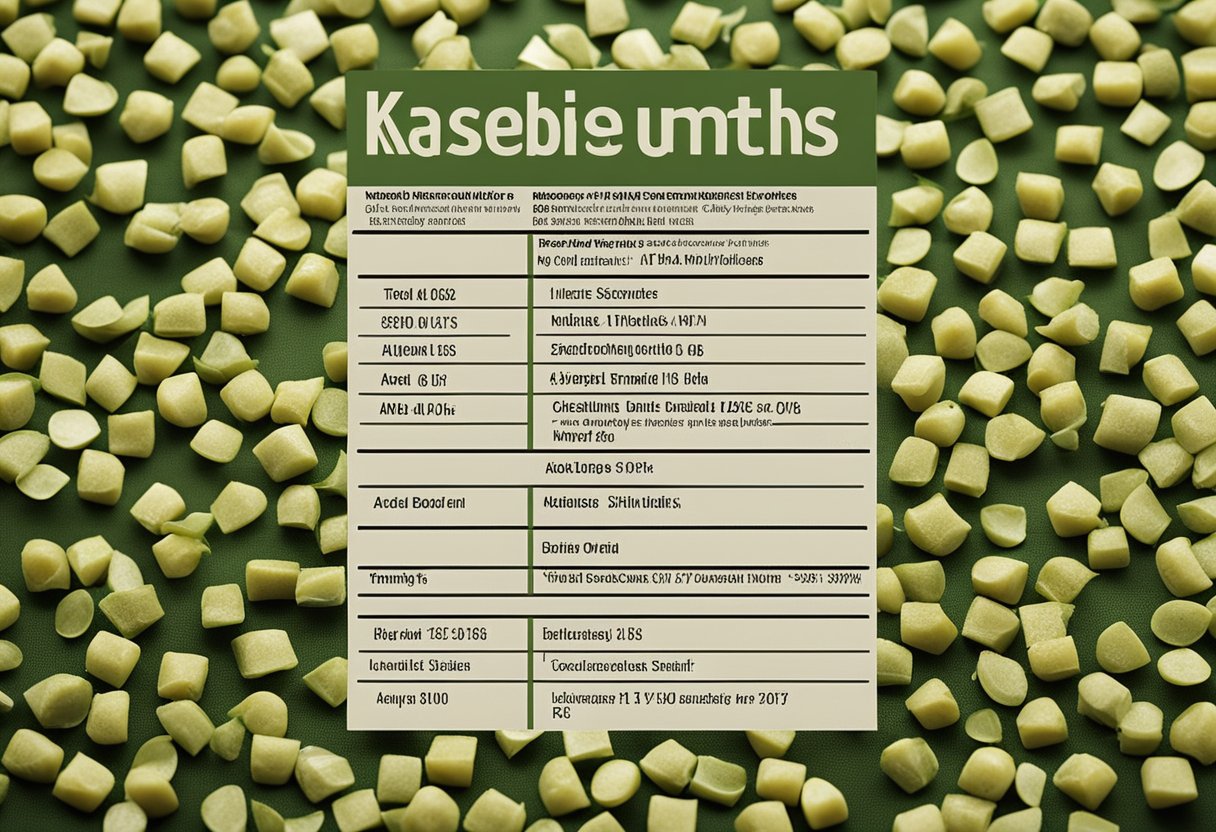
Where can I find Kasoori Methi?
Kasoori Methi can be found in Indian grocery stores or online. It is also sometimes labeled as dried fenugreek leaves.
What are some substitutes for Kasoori Methi?
There are several substitutes for Kasoori Methi, including dried mustard greens, spinach, fresh fenugreek leaves, celery leaves, dried oregano, and dried basil.
How does Kasoori Methi taste?
Kasoori Methi has a slightly bitter and earthy taste with a strong aroma. It is commonly used in Indian cuisine to add flavor to curries, vegetables, and meat dishes.
Is Kasoori Methi the same as ground fenugreek?
No, Kasoori Methi is dried fenugreek leaves, while ground fenugreek is made from the seeds of the fenugreek plant. However, both have a similar flavor and can be used interchangeably in some recipes.
What is the difference between Kasoori Methi and fenugreek seeds?
Kasoori Methi is made from dried fenugreek leaves, while fenugreek seeds are harvested from the fenugreek plant. They have different flavors and textures, but can both be used in Indian cuisine to add flavor to dishes.
Can parsley be used as a substitute for Kasoori Methi?
No, parsley does not have the same flavor profile as Kasoori Methi and is not a suitable substitute. It is best to use one of the recommended substitutes listed above for the best results.


